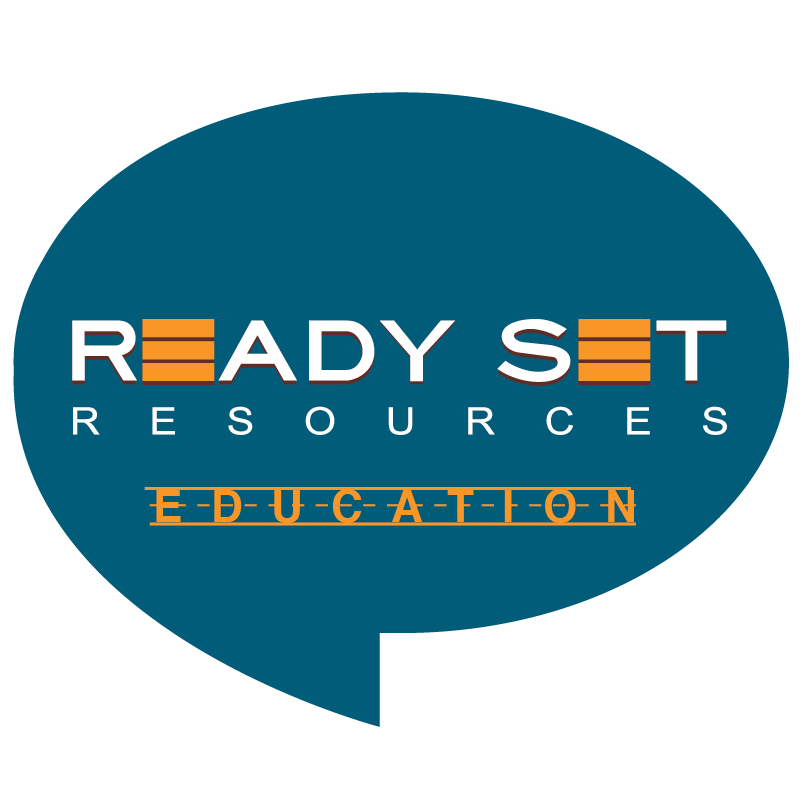
Workshop Videos
Video 1 – A Powerful Idea
This video talks about how do find your “powerful idea” to share with your audience, plus what kinds of topics to avoid.
Example Videos
Example: A short speech with a simple idea of how to use something in a better way.
Video 2 – Building Your Talk
Suggested techniques and structure for preparing your talk. Includes discussion on the “throughline” (or as we call it, the “framework”).
Simon Sinek presents a simple but powerful model for how leaders inspire action, starting with a golden circle and the question “Why?”
Video 3 – A Powerful Beginning and Ending
The importance and how-to’s of a strong opening to your talk, and a powerful end.
Video 4 – Owning the Stage
Using body language and movement to convey confidence to your audience (and you).
Video 5 – The Visuals
Using slides, demonstrations, verbal imagery, etc., to add meaning to your talk.
Video 6 – Practice, Practice, Practice
The techniques to be prepared for your speech so you can focus on the audience.
In a brilliantly tongue-in-cheek analysis, Sebastian Wernicke turns the tools of statistical analysis on TEDTalks, to come up with a metric for creating “the optimum TEDTalk” based on user ratings.
Why are some presentations spellbinding and some not? Well, this is the question Nancy Duarte takes on as she shares with the audience the secret of an excellent presentation
Body language affects how others see us, but it may also change how we see ourselves.
What do you want to be when you grow up? Well, if you’re not sure you want to do just one thing for the rest of your life, you’re not alone. In a good example of connecting and relating to your audience, writer and artist Emilie Wapnick describes the kind of people she calls “multipotentialites” — who have a range of interests and jobs over one lifetime.